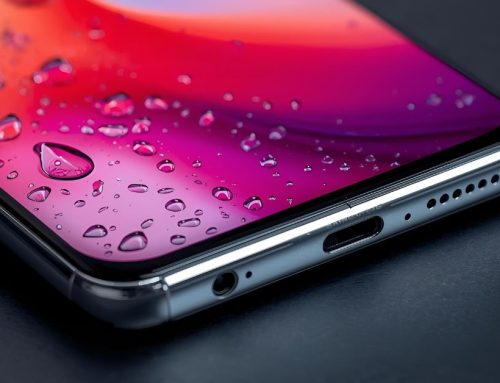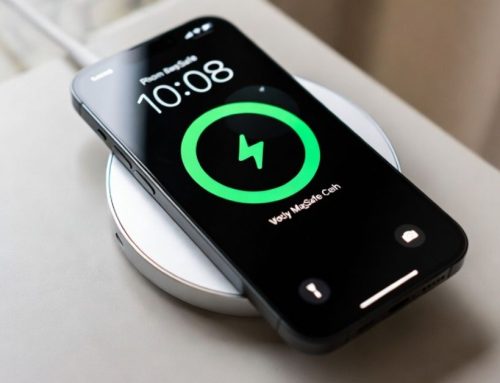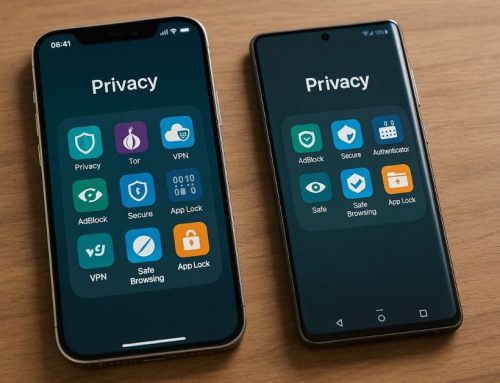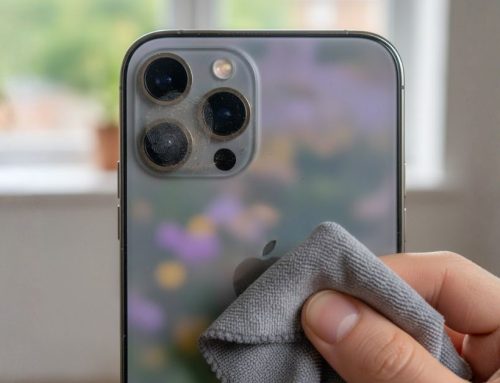Understanding the Growing Threat of the iPhone Text Message Hack
The iPhone text message hack is rapidly becoming a significant cybersecurity concern. This type of attack allows hackers to gain remote access to your iPhone and personal data often without you ever clicking a suspicious link or taking any action. These dangerous exploits typically take advantage of vulnerabilities within Apple’s iOS messaging apps, such as iMessage, allowing attackers to silently install spyware or take control of your device. Recognising how this hack works and how to protect yourself is essential to keep your iPhone and private information safe.
“These can be turned into the sort of bugs that will execute code and be able to eventually be used for weaponised things like accessing your data, so the worst-case scenario is that these bugs are used to harm users”, said Project Zero researcher Natalie Silvanovich. Project Zero security researcher Natalie Silvanovich warned, “These vulnerabilities can be turned into bugs that execute code remotely, eventually allowing hackers to access sensitive data. The worst-case scenario is that these bugs are weaponised to harm users.” This highlights how serious the iPhone text message hack issue has become.
%22%20transform%3D%22translate(1.2%201.2)%20scale(2.34375)%22%20fill-opacity%3D%22.5%22%3E%3Cellipse%20fill%3D%22%23afafaf%22%20cx%3D%2291%22%20cy%3D%22100%22%20rx%3D%2245%22%20ry%3D%2237%22%2F%3E%3Cellipse%20rx%3D%221%22%20ry%3D%221%22%20transform%3D%22matrix(16.56407%20-24.34504%2037.43359%2025.46935%20230.5%2017.5)%22%2F%3E%3Cellipse%20fill%3D%22%237b7b7b%22%20rx%3D%221%22%20ry%3D%221%22%20transform%3D%22matrix(-38.33454%20-26.09143%2084.21827%20-123.73675%2013.5%20171)%22%2F%3E%3Cellipse%20fill%3D%22%232e2e2e%22%20rx%3D%221%22%20ry%3D%221%22%20transform%3D%22matrix(-15.56821%2042.05944%20-239.14326%20-88.51837%20102.3%200)%22%2F%3E%3Cpath%20fill%3D%22%23323232%22%20d%3D%22M271%20106v83L2%20207z%22%2F%3E%3Cellipse%20fill%3D%22%23727272%22%20rx%3D%221%22%20ry%3D%221%22%20transform%3D%22matrix(12.84466%20-37.11965%2054.58756%2018.88915%20157.4%20102.2)%22%2F%3E%3Cellipse%20fill%3D%22%239a9a9a%22%20cx%3D%227%22%20cy%3D%22181%22%20rx%3D%2220%22%20ry%3D%2229%22%2F%3E%3Cpath%20fill%3D%22%23323232%22%20d%3D%22M-12%201l-4%20150L51%2027z%22%2F%3E%3Cpath%20fill%3D%22%23b6b6b6%22%20d%3D%22M78%20110V94h34v16z%22%2F%3E%3Cellipse%20fill%3D%22%23626262%22%20rx%3D%221%22%20ry%3D%221%22%20transform%3D%22matrix(.68141%2011.46946%20-108.2287%206.42997%2072.7%20142.4)%22%2F%3E%3C%2Fg%3E%3C%2Fsvg%3E) How Vulnerable Is iMessage to the iPhone Text Message Hack?
How Vulnerable Is iMessage to the iPhone Text Message Hack?
Apple’s iMessage platform has been targeted by at least six critical bugs that could allow hackers to breach your iPhone. Of these six, four bugs specifically enable a hacker to gain entry by sending a specially crafted, malicious text message. Apple has since fixed five of these vulnerabilities, but one bug remains active and continues to pose a serious risk to iPhone users.
If a malicious message exploiting this remaining bug is received and opened, the hacker could potentially access all your personal data. This includes photos, messages, banking details, credit card information, and transaction histories stored on your phone. Beyond stealing data, hackers can also remotely crash or even wipe your entire device, making the consequences devastating.
Google’s Project Zero has publicly disclosed the details of the five fixed bugs to inform the tech community, but they are keeping the sixth vulnerability confidential to prevent further misuse. To defend yourself against these threats, the best advice is to regularly update your iPhone with the latest iOS software, as Apple’s patches are designed to close these security gaps.
Apple has consistently emphasised that keeping your device updated is critical for protecting against the latest iPhone text message hack threats.
How the iPhone Text Message Hack Works
The iPhone text message hack works by exploiting security flaws in Apple’s messaging system, often through iMessage. Hackers send specially crafted text messages that can trigger vulnerabilities without any user interaction. In some cases, the message doesn’t even need to be opened for the exploit to activate. This makes the attack stealthy, fast, and highly dangerous for unsuspecting iPhone users.
Is data security a myth?
Security has been a key part of Apple’s marketing campaign, especially after Facebook and Google’s data breach and privacy lapses in the recent past, with Tim Cook declaring that privacy is a ‘fundamental human right’.
Apple has delivered on its promise for most parts but have found themselves in similar sticky situations with their FaceTime eavesdropping controversy where an Arizona teen discovered a bug that allowed a caller to hear the conversation on the other end even before the phone was answered.
Silvanovich, along with Project Zero member Samuel Groß, have been researching interaction-less bugs that allow access to devices by simply calling or messaging them, without the need for the recipient to answer calls.
Final Thoughts
Staying informed about threats like the iPhone text message hack is key to protecting your data and privacy. As cyberattacks grow more sophisticated, simple precautions can make a big difference. Regularly updating your device and avoiding suspicious messages are smart first steps. Don’t wait for a breach—take action now to secure your iPhone.


 How Vulnerable Is iMessage to the iPhone Text Message Hack?
How Vulnerable Is iMessage to the iPhone Text Message Hack?





